See your bookseller for titles you may have missed.
Acknowledgments
 Support for the writing of this book came from many sources and in many forms. First among these are the women whose stories form the basis of this book. For their gifts of frank and deep reflection on the experiences of a lifetime, and for their willingness to entrust us with these experiences, we are deeply grateful.
Support for the writing of this book came from many sources and in many forms. First among these are the women whose stories form the basis of this book. For their gifts of frank and deep reflection on the experiences of a lifetime, and for their willingness to entrust us with these experiences, we are deeply grateful.
We are also indebted to those individuals and institutions who took a leap of faith and provided financial support for researching and writing this book: Anne-Marie Caple, Carol Davis, Sally DeFelice, Patricia Gibbs, Paul Green, the Institute of Noetic Sciences, Louis Just, Mary McCollum, the L. J. and Mary C. Skaggs Foundation, Phoebe V. Valentine, and Genevieve Vaughan. A special thanks is due Marsha Morrison, who not only brought our dreams and visions down to earth with her first check, but helped us contact others who were interested in funding this project. We also want to thank Gayle Lipsyte and Larry Spiro of the Melia Foundation, a nonprofit corporation that served as fiscal agent for this project.
For special services and support we wish to acknowledge Judy Bartels and Pauline Proschan, whose counsel in the beginning stages of this project was invaluable; Pauline Tesler for advising us on legal matters; and Dorothy Porter, Mary Ford, and Rob Lewis for letting us use their homes as writing sanctuaries. And for their ongoing encouragement, prayers, and humor we are grateful to our friends and sisters in the Tuesday-evening prayer group.

During the five years it took us to research and write this book there were also specific individuals for each of us whose friendship, interest, and belief in what we were doing renewed and sustained our efforts. In that category I am especially grateful to my sister, Earlene M. Sneller, Sandra Lewis, Toni Triest, Frances Vaughan, and Judith Skutch Whitson. Last, no list of acknowledgements would be complete for me without a posthumous thank you to William N. Thetford, whose integrity, simplicity, and humor continue to inform my life.
Patricia Hopkins
I especially want to acknowledge my friend and colleague, Joan Mclntyre, for helping find the Shekhinah and for cocreating The Feminine Face of God workshops in 1984. Howard and Carol Anderson, Milton and Frances Anderson, Rick Anderson, and Arlene and George Hecht provided loving help when there seemed to be no place to stand. Oshienushisama and our friends at Sukyo Mahikari blessed us with their prayers. I remember with gratitude my friend Premal Gold whose avid interest in this work inspired and encouraged me. Finally, I thank my beloved husband, Paul Ray, for his courageous heart.
Sherry Ruth Anderson
Contents
Foreword
Jean Shinoda Bolen, M.D.
 The Feminine Face of God is as significant as Betty Friedans The Feminine Mystique and Carol Gilligans In a Different Voice were in articulating a growing edge of conscious awareness in women. The Feminine Face of God does for womens spirituality what these two books did for womens roles and womens ethics. I believe it may have an even deeper impact on individual women who, as a result of reading it, will be profoundly changed and quietly empowered to live authentic lives. This is a book that invites women to define for themselves what is sacred, to find an indwelling source of spiritual sustenance in themselves, in communion with others, and with the divine as they know It/Him/Her. The feminine face of God is an aspect of divinity and an approach to the sacred that is not exclusively of women, but women will naturally lead the way because womens receptivity, commitment to relationships, and biological experience provide greater opportunities for this kind of revelation.
The Feminine Face of God is as significant as Betty Friedans The Feminine Mystique and Carol Gilligans In a Different Voice were in articulating a growing edge of conscious awareness in women. The Feminine Face of God does for womens spirituality what these two books did for womens roles and womens ethics. I believe it may have an even deeper impact on individual women who, as a result of reading it, will be profoundly changed and quietly empowered to live authentic lives. This is a book that invites women to define for themselves what is sacred, to find an indwelling source of spiritual sustenance in themselves, in communion with others, and with the divine as they know It/Him/Her. The feminine face of God is an aspect of divinity and an approach to the sacred that is not exclusively of women, but women will naturally lead the way because womens receptivity, commitment to relationships, and biological experience provide greater opportunities for this kind of revelation.
Friedans book spoke to us of how women were defined as inferior by social stereotypes and psychological theory, and were expected to live through others and not have an identity of their own. Women who had until then accepted male expert opinions on who they were, and inequality as the way things always would be, broke their individual silences to talk with one another. Consciousness-raising led to the womens movement, and our world changed. Gilligans book described how women made ethical choices, and rather than being inferior to men in their ethical decisions as male experts had determined, differed from men in what guided them. In The Feminine Face of God, Sherry Anderson and Patricia Hopkins provide us with a perspective on the sacred dimension in womens lives, which differs from patriarchal theology. It begins as the womens movement began, with women telling the truth about their lives.
Ever since I wrote Goddesses in Everywoman as a psychology of women, and found it unexpectedly becoming a text on womens spirituality because women found that a sacred dimension enters everyday life when outer life is an expression of inner archetypal life, Ive witnessed a pervasive, quiet, grass-roots evolution in womens spiritual lives that The Feminine Face of God documents and delves into. By themselves, and, in groups, women are exploring the spiritual dimension of their lives, praying, meditating, creating ritual, and paying attention to their dreams, symbols, and metaphors. And for all those who are doing so, I have the impression that countless others yearn to, and will read this book hungrily taking in the experiences of women like them as nourishment and encouragement.
The authors were interested in what constitutes spiritual maturity, or as one woman said, I already know I am a child of God. The question is, how can I be an adult of God? They sought out women across North America from various spiritual paths, interviewed these women in depth, and quote them liberally. There are some common threads. Each woman decided to stop looking to authority figures outside herself for the truth, and to trust that what she experienced as sacred was indeed sacred. Every one found the necessity for solitude, and came to trust an inner source of wisdom. None found it easy, and most found it difficult to both maintain a spiritual path and be in a long-term relationship with a man. The authors raise some intriguing questions, including, Is there a relationship between women saying, I dont know how to pray, and I dont know what it means to be a woman?


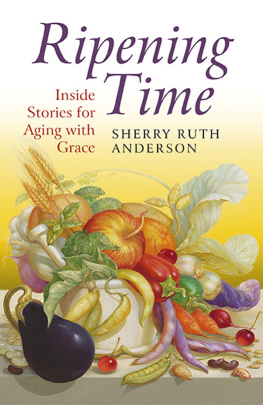

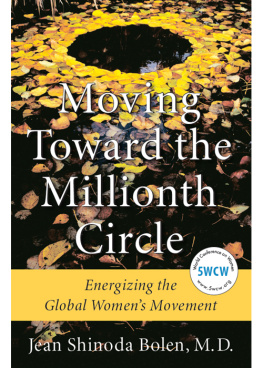

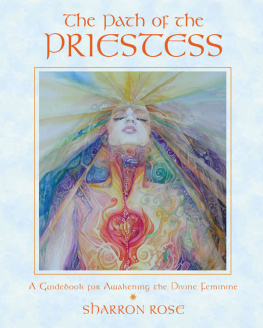
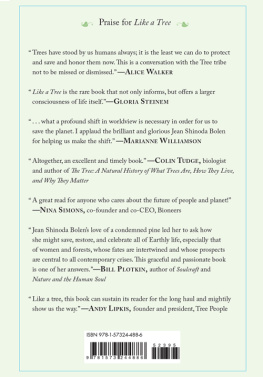
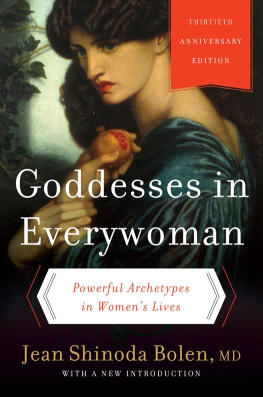
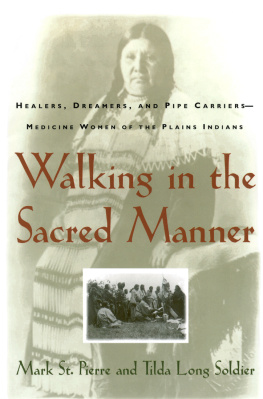
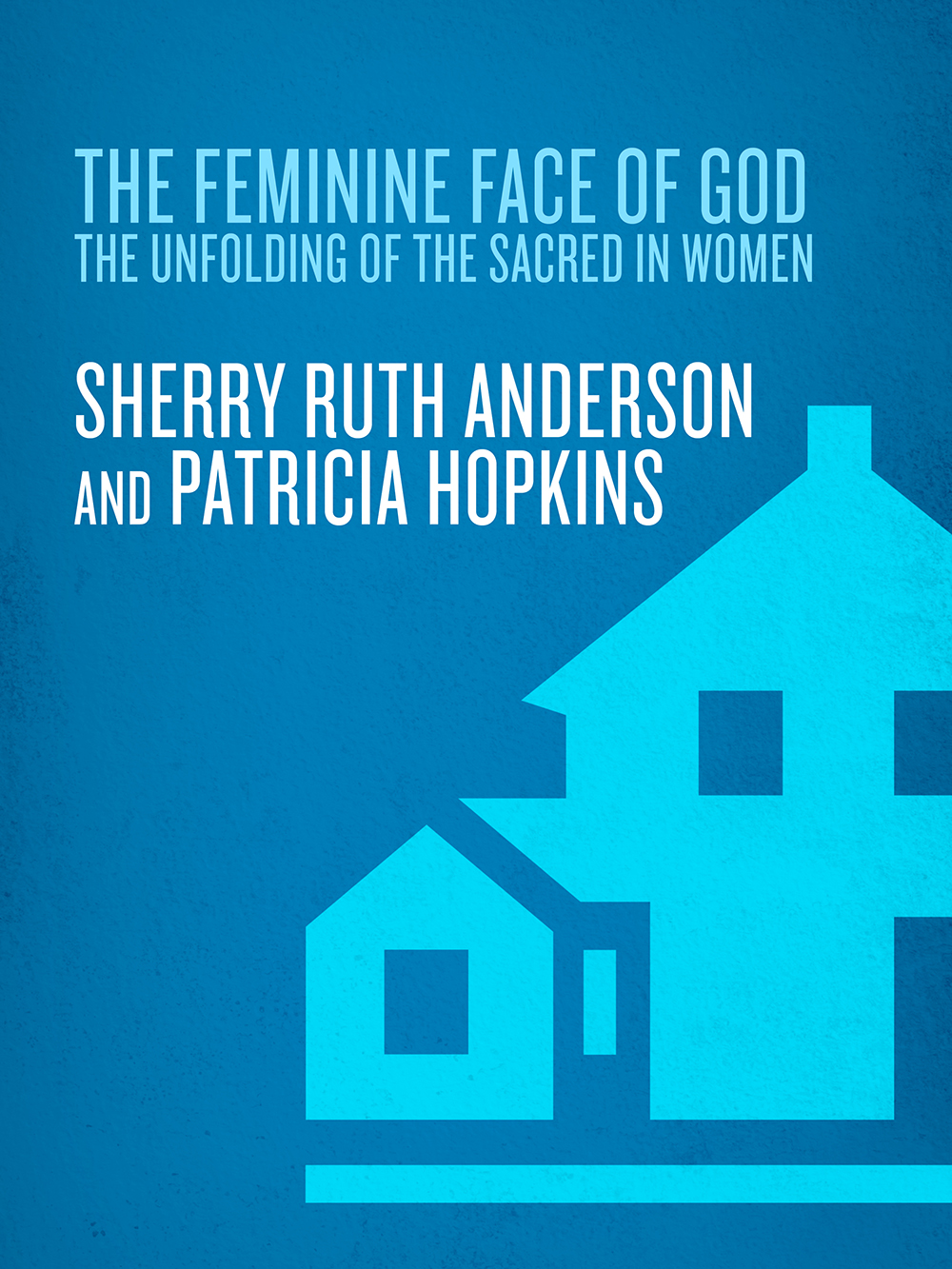
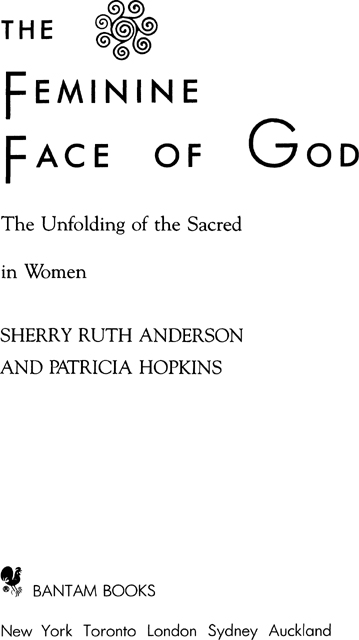
 Support for the writing of this book came from many sources and in many forms. First among these are the women whose stories form the basis of this book. For their gifts of frank and deep reflection on the experiences of a lifetime, and for their willingness to entrust us with these experiences, we are deeply grateful.
Support for the writing of this book came from many sources and in many forms. First among these are the women whose stories form the basis of this book. For their gifts of frank and deep reflection on the experiences of a lifetime, and for their willingness to entrust us with these experiences, we are deeply grateful.